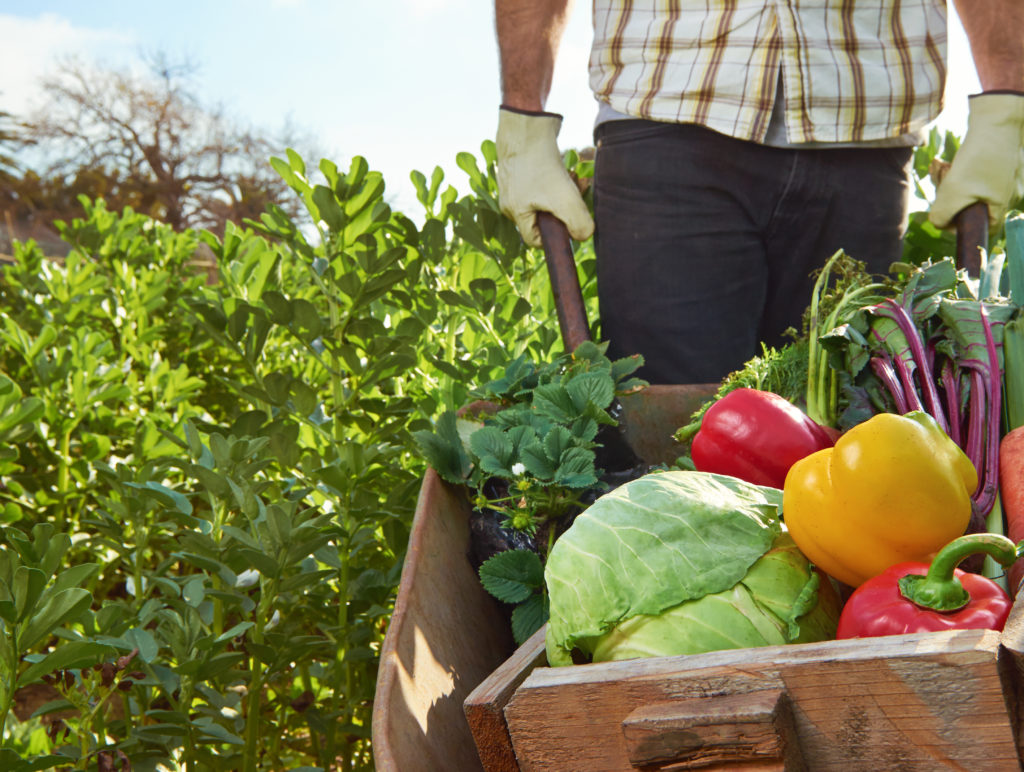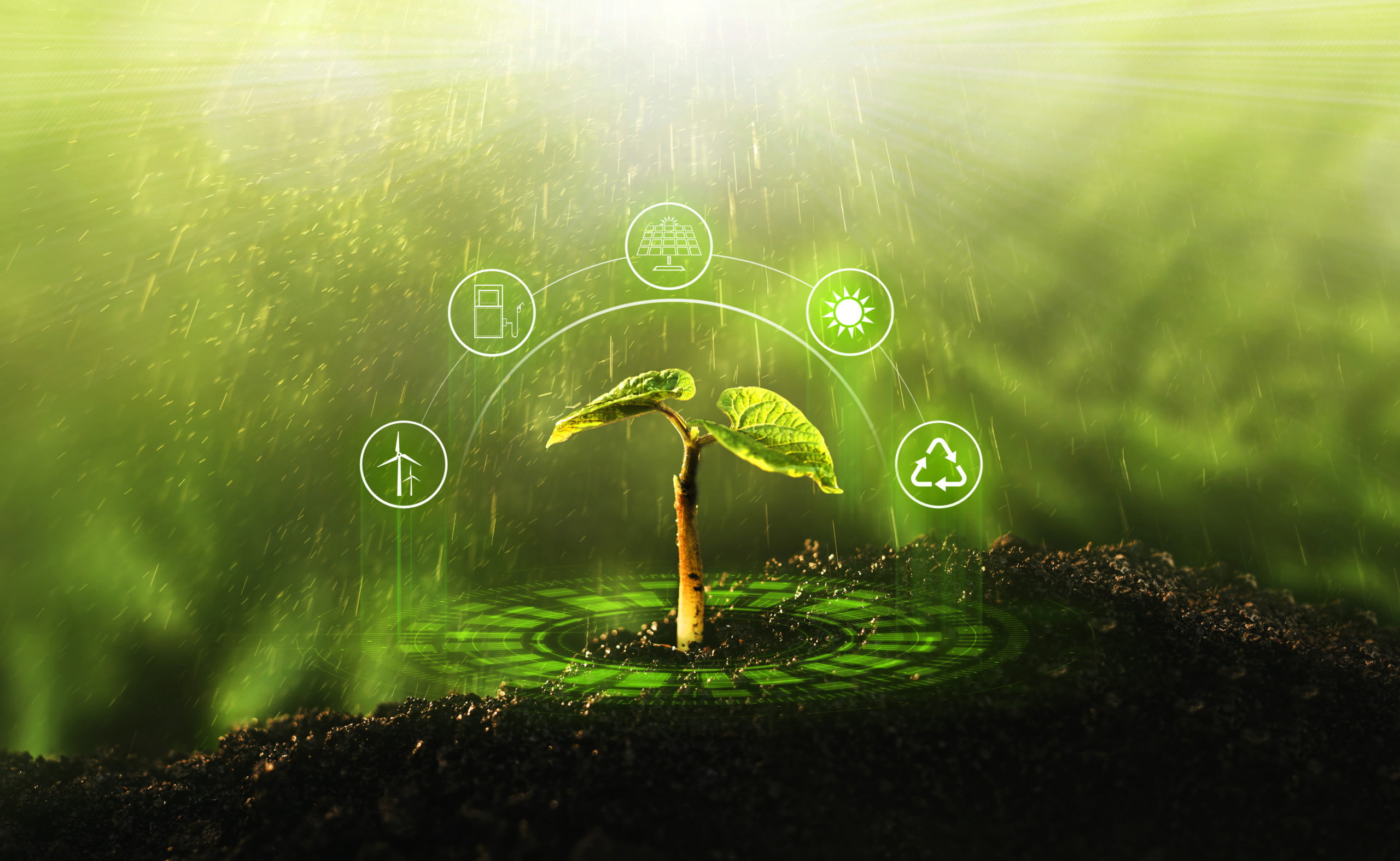Sustainable agriculture is a way of producing food and fiber that meets the needs of the present without compromising the ability of future generations to meet their own needs. Sustainable agriculture is based on an understanding of ecosystem services and seeks to protect and enhance these services. To adapt to a changing climate, farmers are using a variety of sustainable practices, including planting heat-tolerant varieties of crops, irrigating with water from underground aquifers, and using shade cloths to protect crops from the sun.
Rise in Sustainable Agriculture
In recent years, there has been an increasing interest in sustainable agriculture among farmers and consumers alike. Farmers are beginning to adopt sustainable practices, such as using less water and fewer chemicals, and rotating their crops to improve soil health. Consumers are also becoming more aware of the importance of buying food that is grown sustainably.
Benefits of Sustainable Agriculture
There are many benefits to sustainable agriculture, including improving the quality of the environment, protecting natural resources, and providing a stable source of food for future generations. In addition, sustainable agriculture can help farmers adapt to a changing climate and provide economic stability for rural communities.
Goals of Sustainable Agriculture

The ultimate goal of sustainable agriculture is to create a system that is self-sufficient and does not require inputs from outside the system. This can be achieved through a variety of means, such as diversifying crop rotations, using cover crops and green manures, and integrating livestock into the system.
Sustainable agriculture is not a single method or technology, but rather a collection of practices that seek to minimize the impact of agriculture on the environment. These practices can be applied at any scale, from the individual farm to the global food system.
Key Principles of Sustainable Agriculture
The key principles of sustainable agriculture include:
- Minimizing the use of synthetic inputs
- Enhancing soil health
- Conserving water resources
- Promoting crop diversity
- Managing pests and diseases in an environmentally responsible manner
- Supporting local and regional food systems
Sustainable agriculture is an important part of the solution to the global challenge of feeding a growing population while protecting the environment. By using techniques that are gentle on the land, sustainable farmers can produce nutritious food while reducing the negative impacts of farming on the planet.
Soil Health
One of the most important aspects of sustainable agriculture is the enhancement of soil health. Soil is a living system that supports the growth of crops and other vegetation. It is also home to a complex community of microorganisms, including bacteria, fungi, and insects.
Healthy soils are able to store more water and nutrients, which leads to increased crop yields and improved water quality. farmers can enhance soil health by using cover crops, green manures, and compost. These practices help to build organic matter in the soil, improve drainage, and reduce erosion.
Water Conservation
Water is essential for all life on Earth. Agriculture is one of the largest users of water resources, accounting for 70% of all freshwater withdrawals globally. In many parts of the world, water resources are under stress due to population growth, urbanization, and climate change. As a result, it is important for farmers to use water efficiently. There are a number of ways to conserve water in agriculture, including using irrigation systems that reduce evaporation and applying mulch to soils.
Water Footprint
A water footprint is the total amount of water used to produce a product or service. The water footprint of agriculture includes the water used for irrigation, as well as the water used in the production of pesticides and fertilizers.
The average water footprint of agricultural products is around 2,400 liters per kilogram. This means that it takes about 2,400 liters of water to produce 1 kg of wheat. To put this into perspective, it takes about 9,000 liters of water to produce 1 kg of beef.
Diversifying Crop Rotations

Crop rotation is the practice of growing different crops in succession on the same piece of land. Crop rotations can help to improve soil health, control pests and diseases, and increase yields.
A diverse crop rotation includes a variety of plants, such as legumes, grasses, and small grains. By diversifying the types of crops grown, farmers can reduce the need for synthetic inputs, such as fertilizers and pesticides.
Integrating Livestock
Livestock can play an important role in sustainable agriculture systems. Animals can provide manure that can be used to fertilize crops, and they can also graze on cover crops and other vegetation. When managed properly, grazing can help to improve soil health and reduce erosion. Additionally, pasture-raised livestock can provide a source of high-quality meat, milk, and eggs that are free of antibiotics and hormones.
Sustainable agriculture is a way of farming that meets the needs of the present without compromising the ability of future generations to meet their own needs. Sustainable agriculture is based on an understanding of ecosystem services and seeks to protect and enhance these services.
Climate Change & Sustainable Agriculture
Climate change is a major challenge facing agriculture. Rising temperatures and changes in precipitation patterns are already affecting agricultural production around the world. To adapt to a changing climate, farmers are using a variety of the above techniques. By using these and other sustainable practices, farmers can continue to produce food and fiber while protecting the environment.
Rising Temperatures
As the Earth’s average temperature continues to rise, farmers are facing new challenges. Warmer temperatures can lead to increased evaporation, which can reduce crop yields. Additionally, higher temperatures can stress plants and make them more susceptible to pests and diseases.
To adapt to rising temperatures, farmers are using a variety of techniques, including planting heat-tolerant varieties of crops, irrigating with water from underground aquifers, and using shade cloths or other methods to cool down greenhouses or livestock pens.
Changes in Precipitation Patterns
Precipitation patterns are also changing as a result of climate change. In some areas, rainfall is becoming more erratic and intense, while in others there is less rain than in the past. These changes can cause flooding or drought, both of which can have a devastating impact on crops.
To adapt to changing precipitation patterns, farmers are using a variety of techniques, including planting drought-tolerant crops, installing irrigation systems, and storing water during wet periods for use during dry periods.
Carbon Offsets
Carbon offsets are a way to offset the emissions of greenhouse gases. Farmers can create carbon offsets by sequestering carbon in the soil or by planting trees. Carbon offsets can be used to offset the emissions of other sectors, such as the transportation or energy sectors.
Greenhouse Gases
Greenhouse gases, such as carbon dioxide and methane, trap heat in the atmosphere and contribute to climate change. Agriculture is a major source of greenhouse gas emissions, accounting for about 10% of global emissions. Emissions from agriculture stem primarily from livestock production and fertilizer use.
To reduce emissions from agriculture, farmers are using a variety of techniques, including planting trees, using cover crops, and reducing tillage. Additionally, farmers are adopting practices that help to improve the efficiency of livestock production, such as pasture rotation and manure management.

